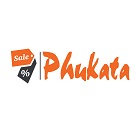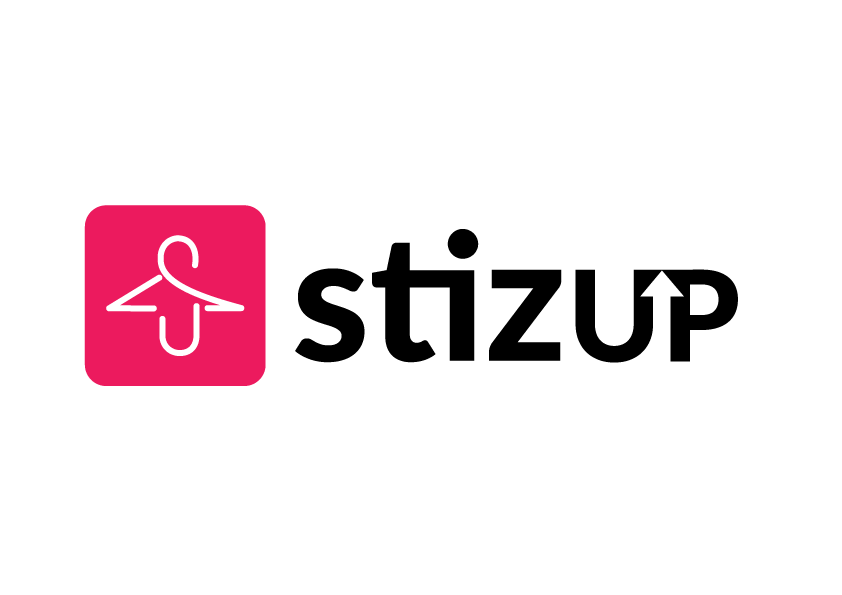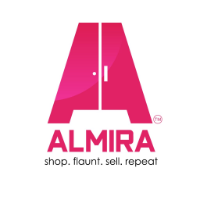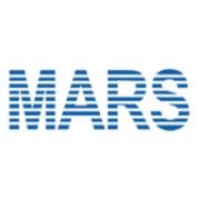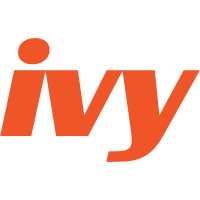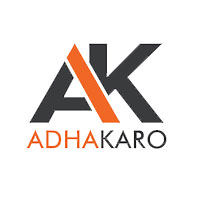Leading App Development Company in Hyderabad
For a decade, our company has been spearheading the growth of our partners and clients by blending innovative strategies with cutting-edge technology.
Our relentless pursuit of excellence in:
- UI / UX Design
- Web/Mobile Application Development
- Digital Marketing Services
- Enterprise Solutions
- Machine Learning & Artificial Intelligence
- Internet of Things (IoT)
- IT Consulting
- Tech support
Resonates deeply with the needs and desires of our customers. We are dedicated to crafting enduring value for our clients through meticulous attention to detail, empowering them to revolutionize their respective industries.



Our Services
Why choosing us?


Ready to Elevate Your Business ?
Look no further! With over a decade of experience across diverse domains, we offer comprehensive end-to-end solutions. Our team of experts and industry leaders is primed to tackle your project head-on.

Innovative Ideation
At the core of our process lies creative brainstorming, an indispensable step in every project we undertake. Our cross-departmental sessions ensure the curation of the best and most viable solutions.

Strategic Partnerships
Whether it's a six-month endeavor or a year-long commitment, we stand by your side every step of the way. With our expanding suite of services and expertise, we operate as your dedicated outsourced team, collaboratively driving business growth.









 I wanted to let you know how much I appreciated your help with this project. I know how much time and effort you invested to not only get the project done prior to the deadline, but to ensure the quality is met at every phase of the project. You are a valued member of our team, and I truly appreciate your contributions!
I wanted to let you know how much I appreciated your help with this project. I know how much time and effort you invested to not only get the project done prior to the deadline, but to ensure the quality is met at every phase of the project. You are a valued member of our team, and I truly appreciate your contributions! 







